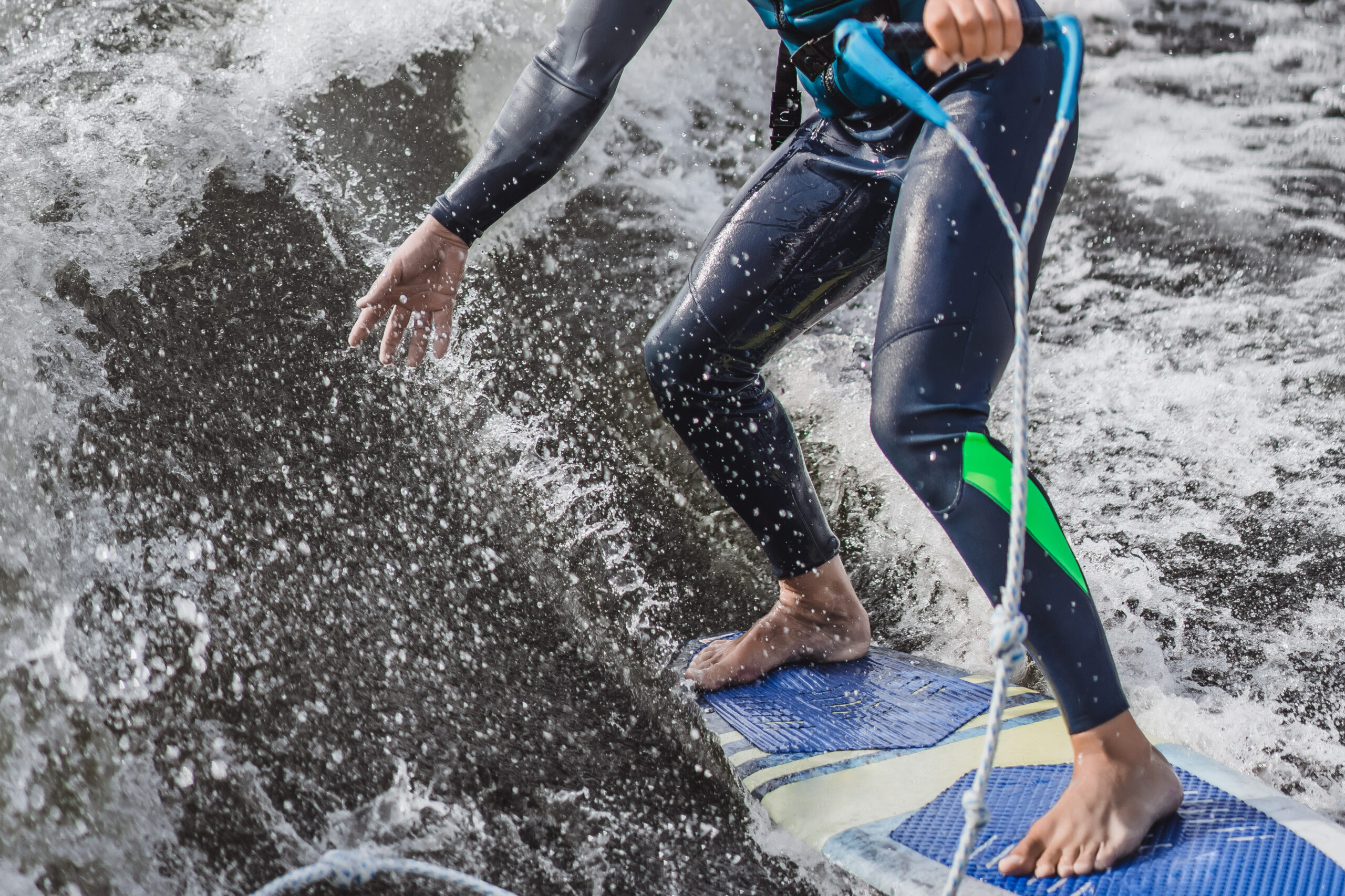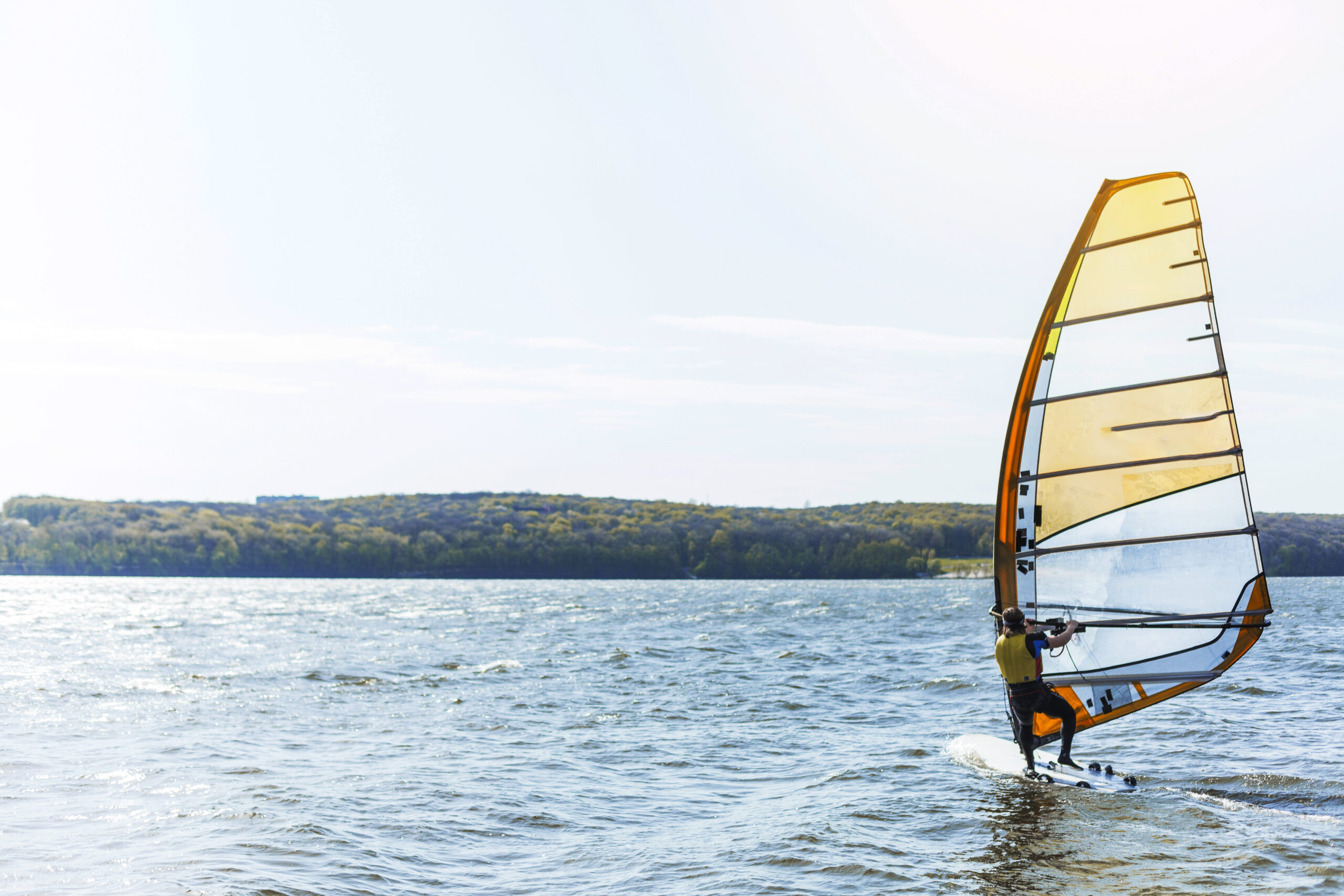Surfing is a thrilling water sport that requires specialized gear and accessories to enhance performance and ensure safety in the water. Among the essential equipment are wetsuits, leashes, and fins. In this article, we will explore each of these items in detail, discussing their purpose, types, and key considerations when choosing the right gear for your surfing adventures.
Wetsuits
Wetsuits are a crucial piece of gear for surfers, providing insulation and protection against the cold water and harsh weather conditions. These suits are designed to trap a thin layer of water between the neoprene material and the skin, which is then warmed by the body heat, keeping the surfer comfortable in various water temperatures.
There are different types of wetsuits available, including full suits, spring suits, and shorties, each suited for specific water conditions and seasons. Full suits cover the entire body and are ideal for colder temperatures, while spring suits have short sleeves and legs, suitable for warmer waters. Shorties are even more abbreviated and are commonly used in tropical climates.
When choosing a wetsuit, factors such as thickness, fit, and flexibility should be considered. Thicker suits provide more insulation but may limit mobility, while thinner suits offer increased flexibility but less warmth. It’s essential to find a balance that suits your needs and the water conditions you’ll be surfing in.
Table. Wetsuits
| Type of Wetsuit | Description | Best For |
|---|---|---|
| Full Suit | Covers the entire body, providing maximum insulation and protection against cold water and weather | Colder temperatures, below 65°F (18°C) |
| Spring Suit | Has short sleeves and legs, providing moderate insulation and protection | Warmer waters, between 65°F (18°C) and 75°F (24°C) |
| Shorties | More abbreviated than spring suits, providing minimal insulation and protection | Tropical climates, above 75°F (24°C) |
Leashes
Leashes, also known as leg ropes, are crucial safety devices that connect the surfer to their surfboard. They prevent the board from drifting away after a wipeout, ensuring that the surfer doesn’t lose their board and reducing the risk of collisions with other surfers or objects in the water.
Leashes come in various lengths and thicknesses, depending on the type of surfing you’ll be doing. For example, longer leashes are suitable for longer boards used in small-wave conditions, while shorter leashes are preferred for high-performance shortboards used in bigger waves. The leash should be securely attached to the surfer’s ankle and the board’s tail, allowing for quick and easy release if needed.
It is crucial to regularly inspect and maintain your leash for any signs of wear or damage, as a faulty leash can compromise your safety in the water. Always ensure the leash is properly attached before entering the surf.
Table. Leashes
| Leash Length | Surfboard Length | Wave Size | Description |
|---|---|---|---|
| 5-6 feet | Up to 6’6″ | Small waves | Suitable for high-performance shortboards used in smaller waves. Offers more control but may restrict movement. |
| 6-7 feet | 6’7″ – 7’6″ | Medium waves | Suitable for a wide range of boards and wave conditions. Offers a good balance of control and freedom of movement. |
| 8-9 feet | 7’7″ – 8’6″ | Large waves | Suitable for longboards and bigger waves. Provides more freedom of movement but may increase the risk of tangling. |
| 9-10 feet | 8’7″ and above | Very large waves | Suitable for longboards used in very large waves. Provides maximum freedom of movement but with a higher risk of tangling. |
Fins
Fins are an integral part of a surfboard, providing stability, maneuverability, and control in the water. They are typically made of composite materials, such as fiberglass or carbon fiber, and come in various shapes, sizes, and fin setups to suit different surfing styles and conditions.
The three main types of fins are single fins, twin fins, and thruster (tri-fin) setups. Single fins are commonly found on longboards and offer stability and smooth turns. Twin fins are popular for their loose and fast feel, while thruster setups provide a balance between speed, control, and maneuverability.
When choosing fins, factors such as wave conditions, board type, and personal preference come into play. Smaller fins are generally better for smaller waves and more maneuverability, whereas larger fins provide stability and control in bigger waves. Experimenting with different fin setups can help you find the ideal configuration for your surfing style.
Table. Fins
| Type of Fin | Description | Best For |
|---|---|---|
| Single Fin | Provides stability and smooth turns. Commonly found on longboards. | Longboards, traditional-style surfing, and smooth turns. |
| Twin Fins | Offers a loose and fast feel. Provides speed and maneuverability. | Small to medium-sized waves, speed, and maneuverability. |
| Thruster (Tri-Fin) | Provides a balance between speed, control, and maneuverability. Most common fin setup. | A wide range of wave conditions, versatility, and a balance of speed, control, and maneuverability. |
| Quad Fins | Provides speed and control. Suitable for big waves and fast, hollow surf. | Big waves, fast and hollow surf, and speed and control. |
| Five Fins | Offers the most versatility. Allows you to switch between thruster and quad setups depending on wave conditions. | Versatility and adaptability to different wave conditions. |
Surfing gear and accessories such as wetsuits, leashes, and fins are essential for surfers to maximize their performance and safety in the water. Wetsuits provide insulation and protection against cold water, while leashes keep surfers connected to their boards, preventing accidents and lost boards. Fins offer stability, maneuverability, and control while riding waves. When selecting these items, consider factors such as water temperature, wave conditions, board type, and personal preferences. By choosing the right gear and accessories, surfers can enjoy their time in the water with enhanced comfort, performance, and safety.



0 Comments